Coca-Cola Energy Japan
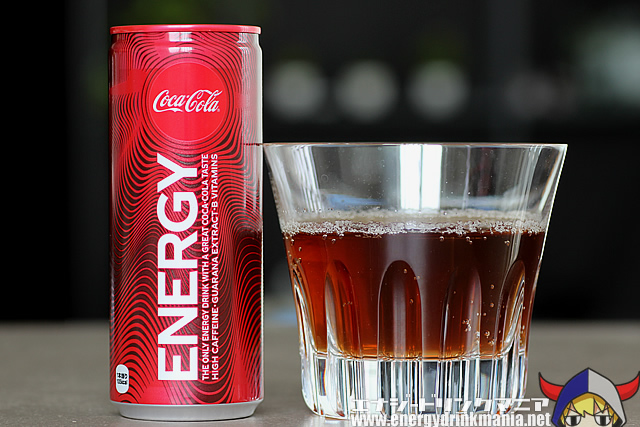
In 2019, Coca-Cola Energy was rapidly being released worldwide, and it made its debut in Japan with almost no time lag!
Who would have thought that, just before the Tokyo Olympics, Coca-Cola—one of the Worldwide Olympic Partners—would launch an energy drink in Japan?
Coca-Cola Energy Japan
| Manufacturer | Coca Cola |
|---|---|
| Country of Origin | Japan |
| Price | 190 JPY |
| Flavor | Cola |
| Total rating | ★★★☆☆ |
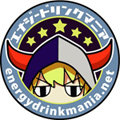 Author: Energy Drink-kun
Author: Energy Drink-kun
In 2001, while living in the United States, I encountered energy drinks through the dance scene and was deeply impressed. After returning to Japan, I found that energy drinks were considered novelty beverages, so I established a comprehensive website in 2013 to share the true appeal of energy drinks. As an energy drink enthusiast, I began drinking them seriously again, collecting over 7,000 varieties of energy drinks from various countries. I am also active as a critic and expert, receiving media interviews.
Flavor of Coca-Cola Energy (Japan)
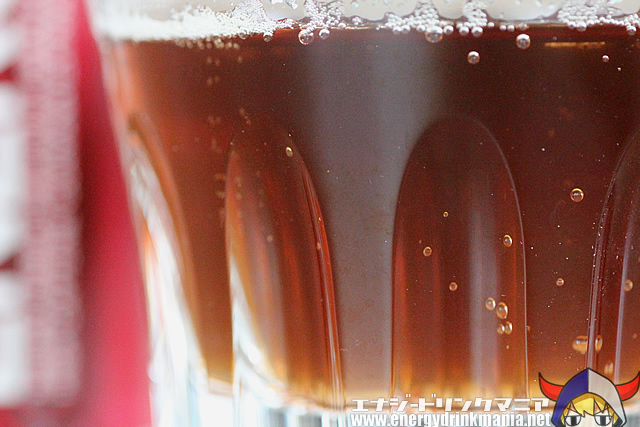
Unlike the deep red-black color of original Coca-Cola, this one is a lighter shade of brown. The aroma is also lighter compared to regular Coca-Cola—it feels a bit different.
My first impression of the taste was that it resembled the cola-flavored energy drinks produced by other brands. Major brands like Red Bull Cola and Rockstar Cola have also released cola-flavored energy drinks, and they all tend to have a similarly light taste.

Coca-Cola Energy retains the signature flavor of Coca-Cola while reducing the typical cola sweetness, creating a refreshing and crisp taste with a prominent sourness. This light, crisp taste and acidity seem to be common characteristics of energy cola flavors.
Since I received several cans, I tried drinking them at different temperatures: at room temperature, chilled in the fridge, and poured over ice. By far, the best experience was with ice.
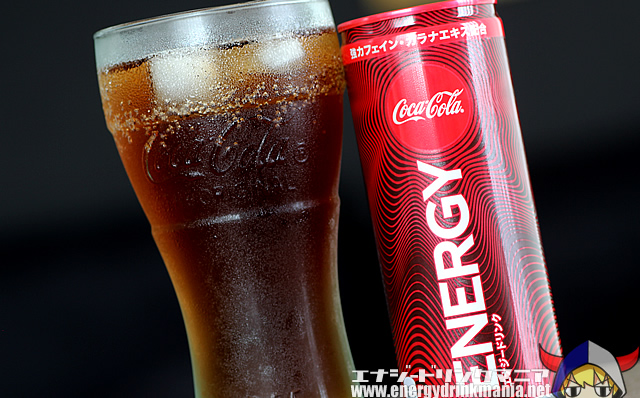
When just chilled, the acidity stood out too much for my taste. Instead of drinking Coca-Cola Energy straight from the can at a convenience store or vending machine, I recommend pouring it over ice in a glass. Then again, I personally find that even regular Coca-Cola tastes best with ice! (●´ω`●)
Energy Ingredients of Coca-Cola Energy
It contains 80mg of caffeine, along with guarana and B vitamins. The formula is quite simple and does not include an extensive list of typical energy drink ingredients.
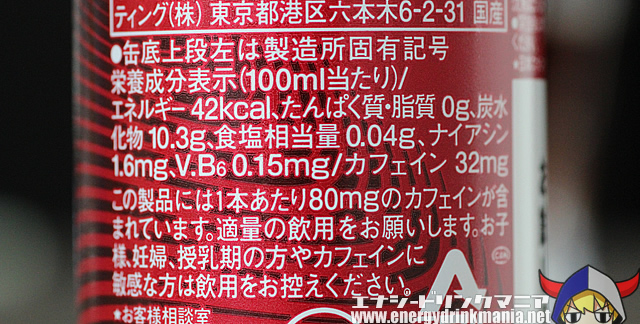
Even in countries where it has already been released, Coca-Cola Energy is known for not containing taurine. Taurine is neither harmful nor particularly powerful, but in Europe, there has been a growing trend of energy drinks labeled as "NO TAURINE."
Design of Coca-Cola Energy
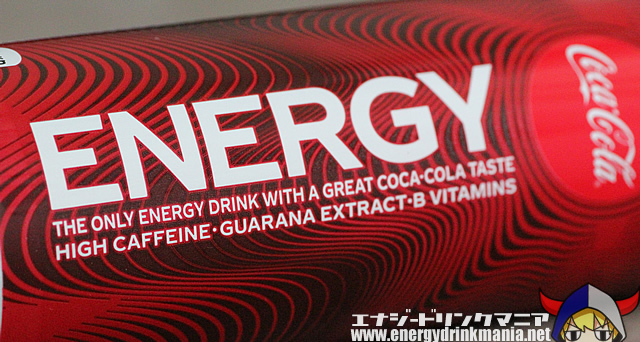
The global design is eye-catching. It almost makes you dizzy! (^_^;)
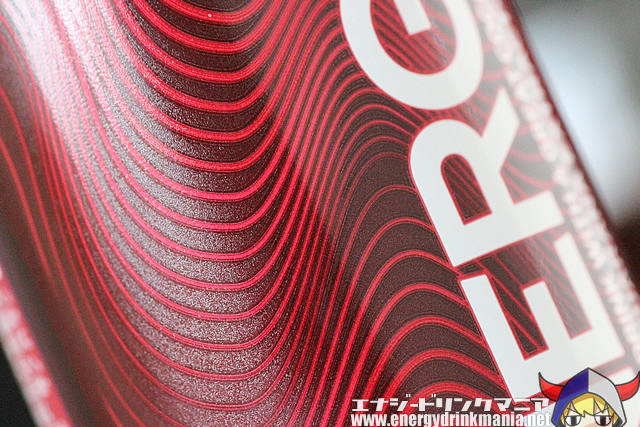
This darker section has a slightly rough texture, making it subtly different to the touch.
Coca-Cola is a Worldwide Olympic Partner.
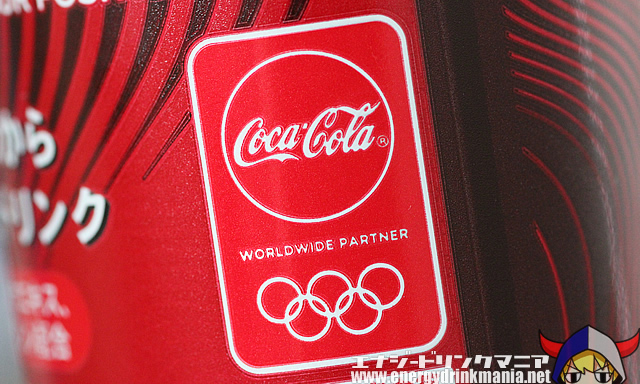
Among energy drink enthusiasts, there was already anticipation for Coca-Cola to release an energy drink in Japan before the Tokyo Olympics. The timing of Coca-Cola Energy’s launch couldn’t be more perfect.
Previously, Coca-Cola's Burn Energy Drink released special editions for the Winter Olympics overseas. This suggests that Coca-Cola Energy might follow a similar strategy.
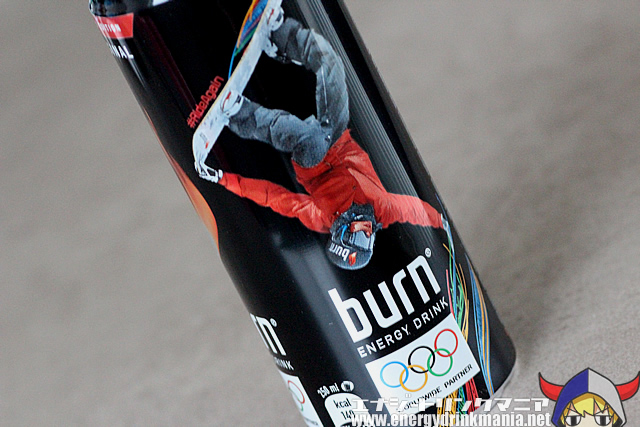
After Tokyo was selected as the Olympic host city, I never expected energy drinks to be tied to the event in Japan.
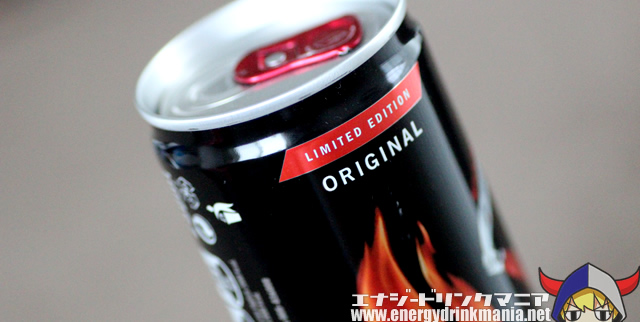
However, with the launch of Coca-Cola Energy, the timing couldn't be better. Sports like skateboarding and surfing, which are closely associated with energy drinks, will also be in the spotlight. I’m eager to see how Coca-Cola Energy develops from here.
Coca-Cola Energy: A Nearly Simultaneous Global Launch
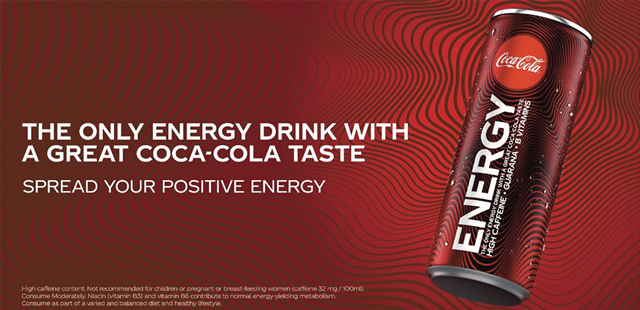
Coca-Cola Energy first launched in Spain and Hungary in April 2019 before expanding across Europe. By July 1st, it was released in Japan, with further expansion expected in other countries. This wasn’t a case of a product being tested in one country before rolling out elsewhere—Coca-Cola Energy was planned as a major global launch.
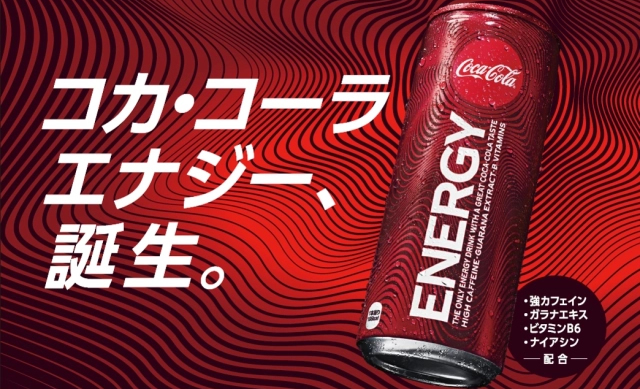
In Japan, new products are often hyped up as "arriving from overseas," only to flop. However, Coca-Cola Energy is different—it's a large-scale, globally recognized product.
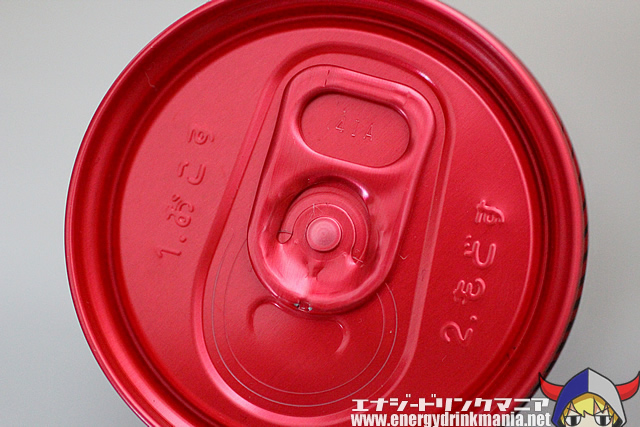
The basic design is the same worldwide, but Japan’s Coca-Cola Energy uniquely features a red top and red tab. In Japan, energy drinks with colored tops haven’t been seen before, making this one stand out.
Internationally, Coca-Cola Energy usually comes with a silver top and either a silver or red tab, so Japan’s red-top and red-tab design is quite unique. Coca-Cola previously failed in Japan’s energy drink market with Burn, so this time, they might be aiming to create a striking visual impact.
While Coca-Cola Energy is sold in 250ml cans globally, Japan has an exclusive 190ml mini-can available only in vending machines.
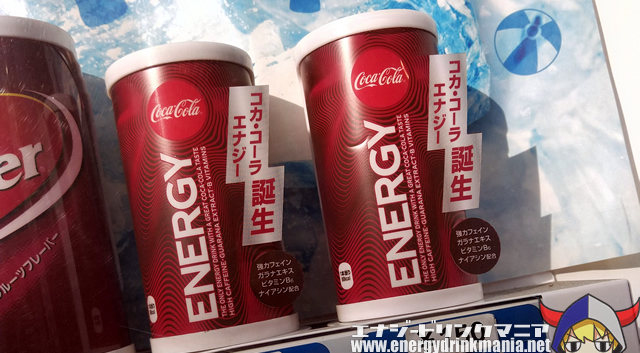
If you spotted a preview in vending machines before the July 1st launch, that’s because this mini-can is vending machine exclusive (*´ェ`*)
That said, Coca-Cola Energy has such a refreshing taste that even 250ml feels too little, making the 190ml version more of a collector’s item for me. If a 500ml version were to be released, I think it would be easy to drink, especially in the summer. Imagine if, before the Tokyo Olympics, multiple limited-edition 500ml cans were released—it would be amazing! I can't help but get excited ((o(´∀`)o))
Energy Drink-kun's Personal Rating
- Flavor

- Aroma

- Weight

- Freshness

- Munchiness

Related energy drinks for Coca-Cola Energy Japan
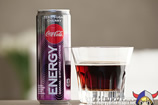 Coca Cola ENERGY ZERO SUGAR CHERRY
Coca Cola ENERGY ZERO SUGAR CHERRY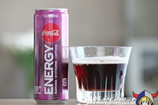 Coca Cola ENERGY CHERRY
Coca Cola ENERGY CHERRY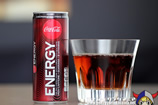 Coca Cola ENERGY SUGER FREE
Coca Cola ENERGY SUGER FREE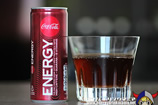 Coca Cola ENERGY (International Version)
Coca Cola ENERGY (International Version)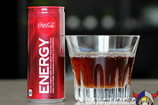 Coca-Cola Energy Japan
Coca-Cola Energy Japan


 Since 2001, Energy Drink Maniac has been drinking energy drinks and providing the most detailed reviews of global energy drinks based on firsthand research.
Since 2001, Energy Drink Maniac has been drinking energy drinks and providing the most detailed reviews of global energy drinks based on firsthand research.